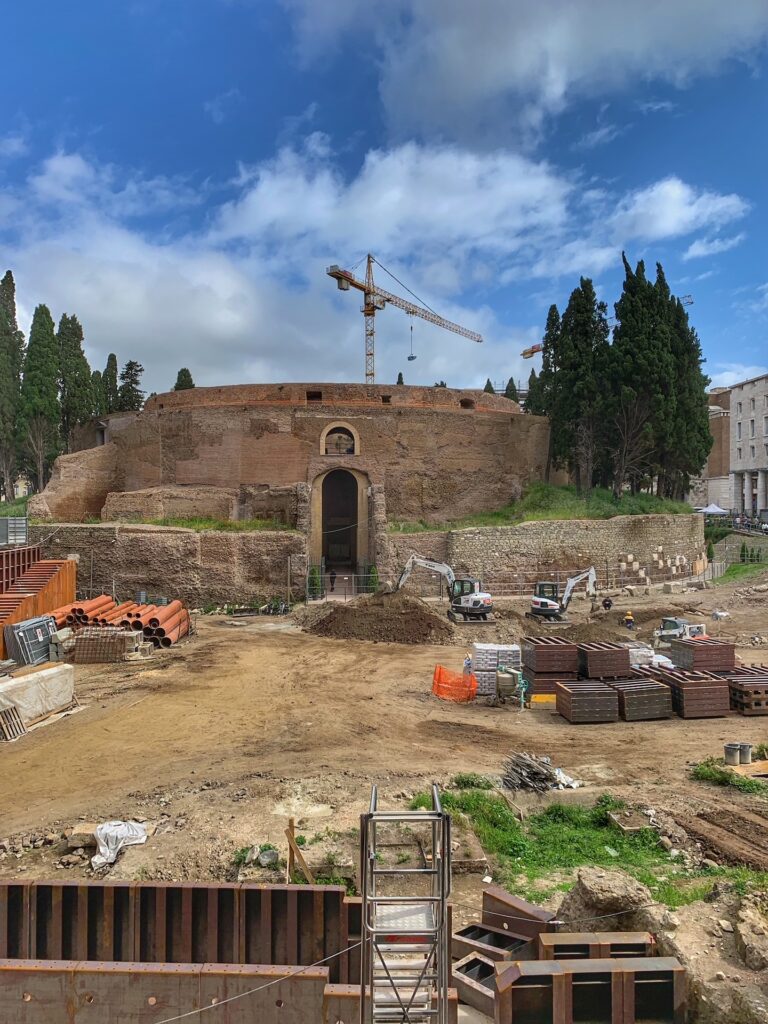
“So you drive out here, go past the wall and then merge onto the Salaria. When you see two Agips on either side of the road, you will then go under a bridge that the train passes on. Take the exit that points to Milano or Firenze, but then instead of going to Roma Nord, head onto the highway and then circle back and then blah blah blah blah blah blah…..until you loop back onto the Salaria and turn back into the dealer parking lot.”
At mid-blah blah stage, my brain had reached saturation point. I’d started to look around at the overgrowth of the bushes in front of the car as we both stood in the warm un in the dodge-looking back parking lot. As a rule of thumb I’m good for maybe four or five directions; after that, you’ve lost my attention. I more just nod in the hope that you’ll stop saying words to me. The sales rep was quickly seeing this. He stopped talking.
“I promise to be back before supper,” I told him.
He nodded and said, “You’ll make it back alright.”
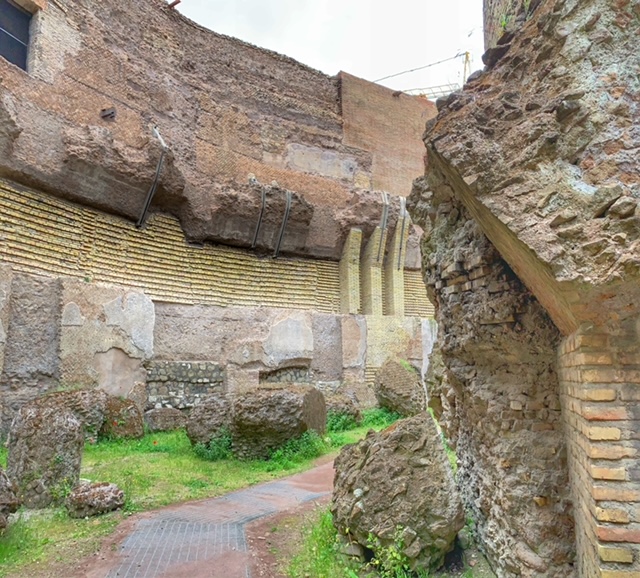
Of course I would. It’s standard ops in Rome: just drive around in an undisclosed number of circles until you hit the jackpot and eventually discover the right route. And this now would have to be the case since COVID restrictions mean only family members can drive together in the same vehicle. Test drives are all on your own.
I hopped into the car and gave the British transplant a wave. It was gonna be fine. And it eventually was.
Driving directions in all of their dynamism are like the shifting COVID regulations. In this past week alone there have been a raft of changes and new timelines for re-opening. There are graduated stages for when the curfews should go away, and the rules are relaxing for who can come to visit and how they’ll need to do it. If you like getting misdirected while navigating ancient Roman roads like the Salaria—built and rebuilt over decades….then this time in history is for you.
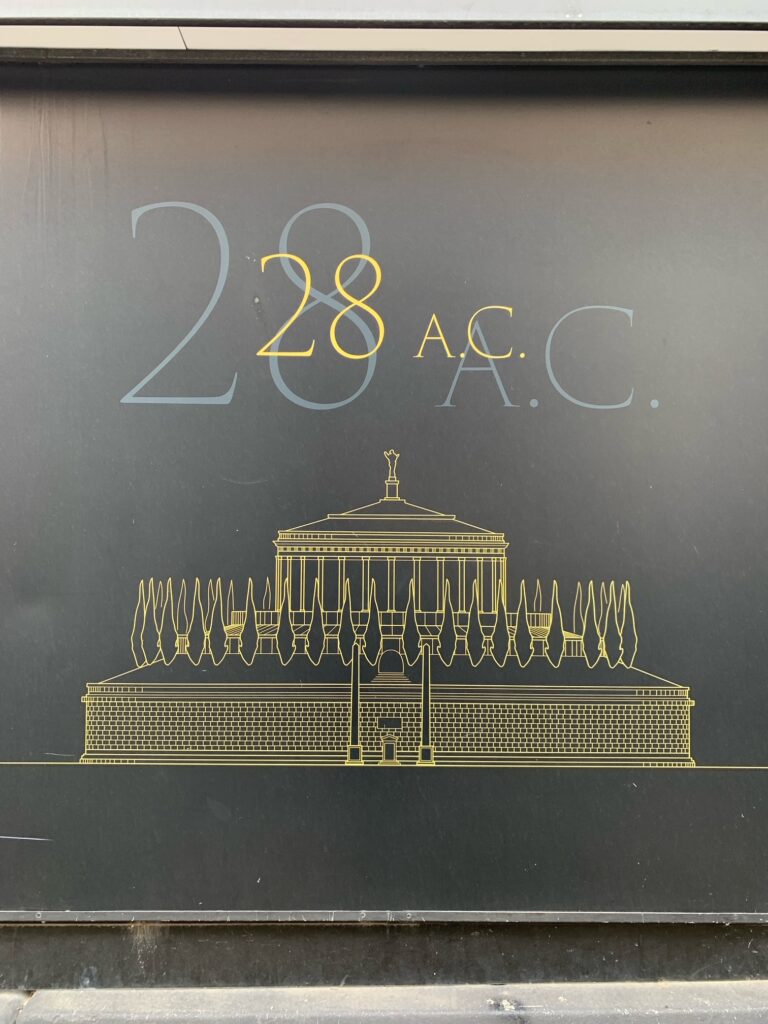
Italy very badly wants the tourism money to return, and I suspect that in the summer we will start to see an increase in traffic from everyone abroad. Right now I’m looking forward to it, while still taking the opportunity for a relatively quiet city in order to see some of the sites.
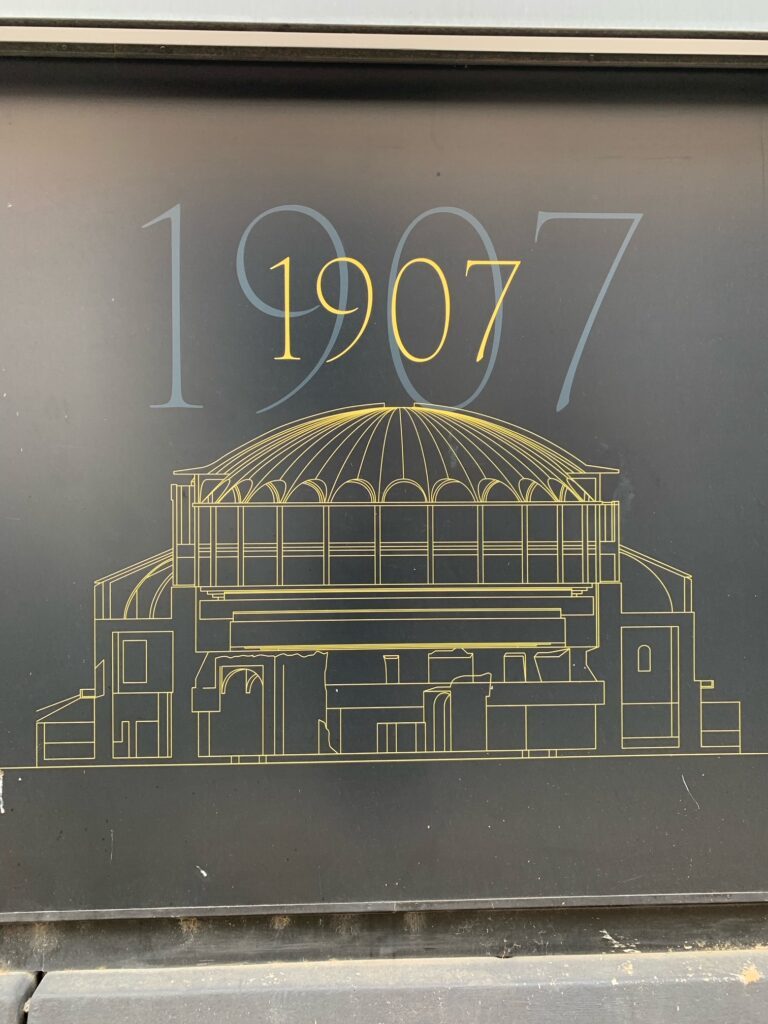
Augustus’s Mausoleum reopened recently after over a decade of restoration work. The massive tomb survived the centuries and was repurposes for various means to include a garden and even a performance theater. Around it, the Tiber River endured in snaking through a traffic and buildings that force modern life (and cars) to navigate the inherent constraints of an ancient city.
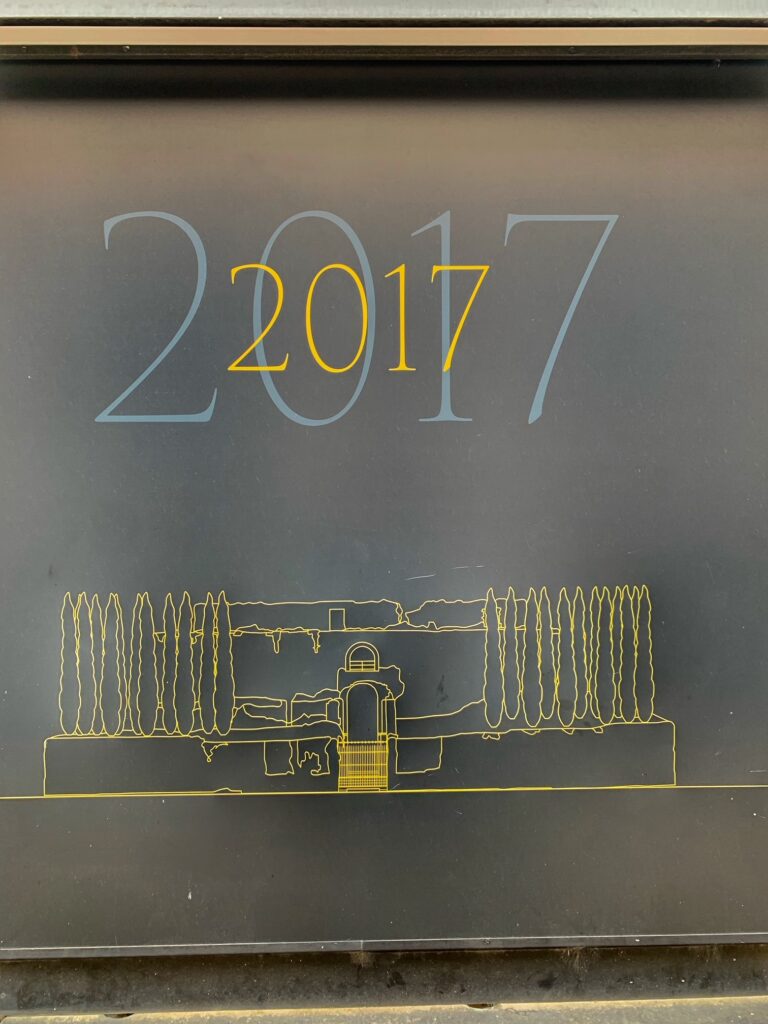
As soon as I heard that the Mausoleum was going to reopen, I went online to book tickets. This was back in March during a moment where most of Italy was still in a red zone. The rules, as I mentioned, have been unpredictable and even if the region dropped to “orange”, that meant that places such as the mausoleum would remain closed. The nearest date to get inside (popular demand and COVID size restrictions) was in mid-May. There was no way to know that I’d actually get to go in May—instead I mentally discarded all of the accompanying rules and booked the ticket. I’d figure it out when I got there.
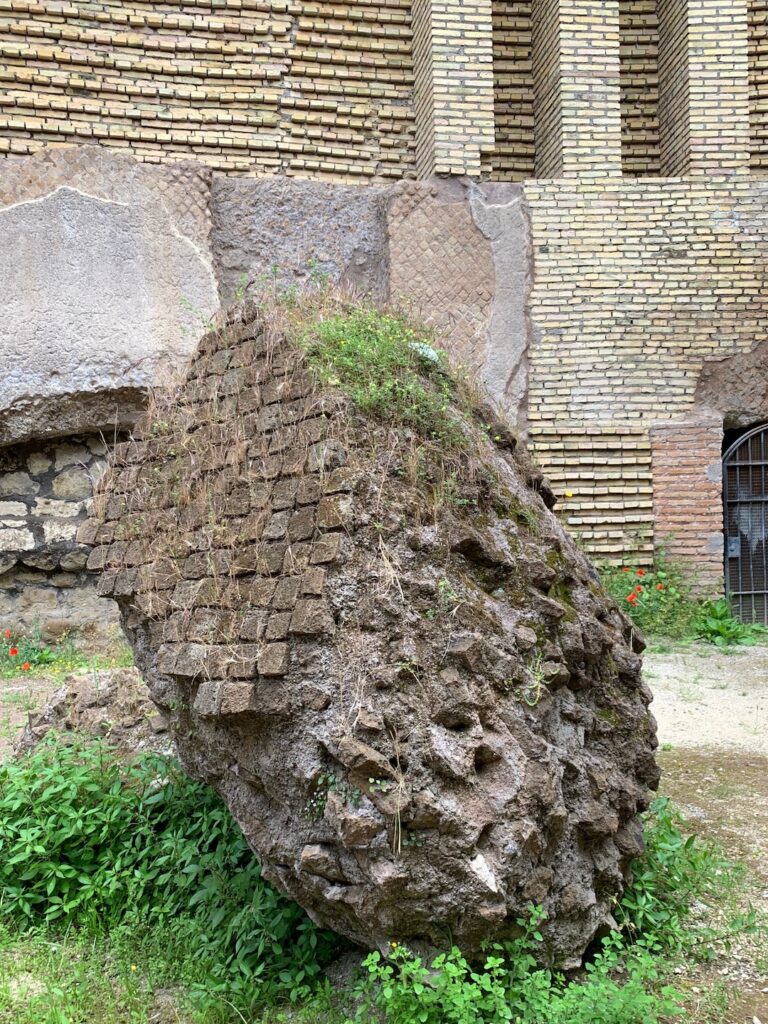
In the construction space surrounding the mausoleum, there are line drawings for how the structure ostensibly looked at various points in history. Even what remains today very likely bears little resemblance to how it once was. But the foundation remains the same. The tour itself—which I did manage to take—shows little more than very old (yet impressive in their endurance) diamond-patterned brick facades. Augustus’s ashes and any urns went away a long, long time ago. Still it was interesting to wander the newly-reopened grounds and imagine what life must have been like.
According to our guide, an archeologist, there are many written records that suggest what life and the original design must have looked like in 28 BC. Nobody knows for sure, but I can imagine that the surrounding areas still bore a similar measure of chaos and beauty as we see in Rome today.
The first person to be buried in the mausoleum was the emperor’s nephew, Marcellus. He died young from a sickness that swept through Rome during that period—and in learning this, I couldn’t help but compare it with what we’ve been living through. While traces of the old society can be found here in there—through ancient roadways and crumbling structures—we’re all pretty much living the same way.
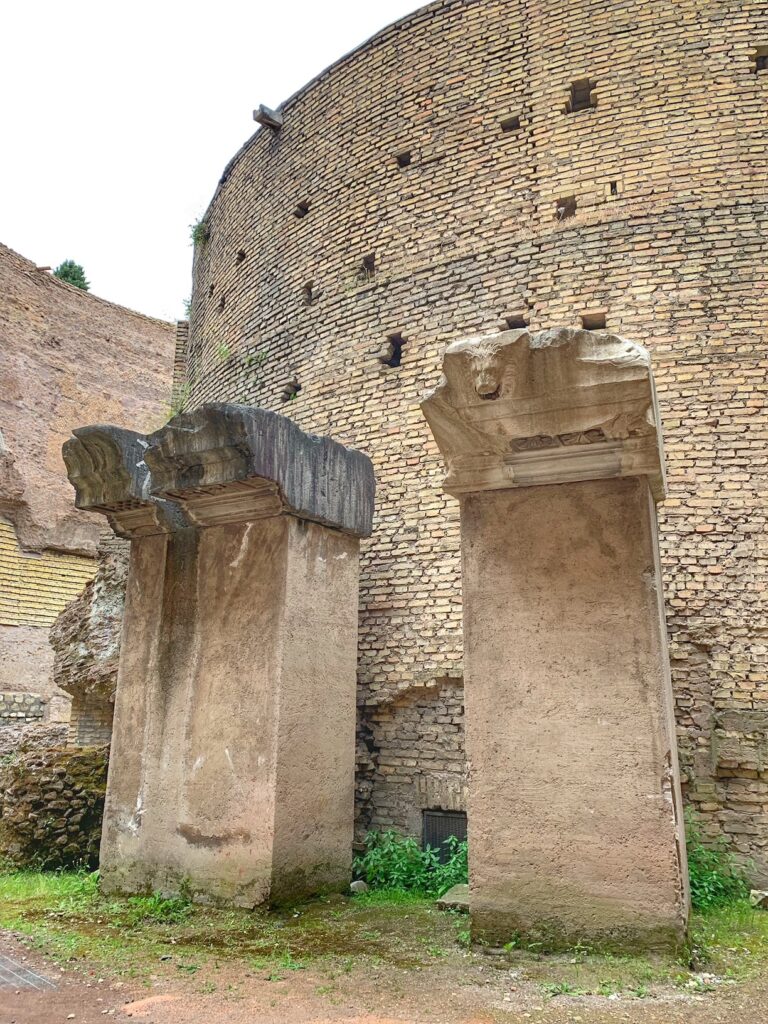
Much like the car dealer’s motoring directions, about halfway through the archeologist’s guided tour, I did find my brain drifting away from paying attention and instead focusing on the grass, moss and wild flowers intermingled with the structure. My tiny brain can only process so much at one time. Instead, I tried to take in the larger idea of the mausoleum, and take it for what it was. I might not have grasped everything that I was being told, but somehow I still felt very present and happy to proceed with the understanding that I hadn’t grasped everything.
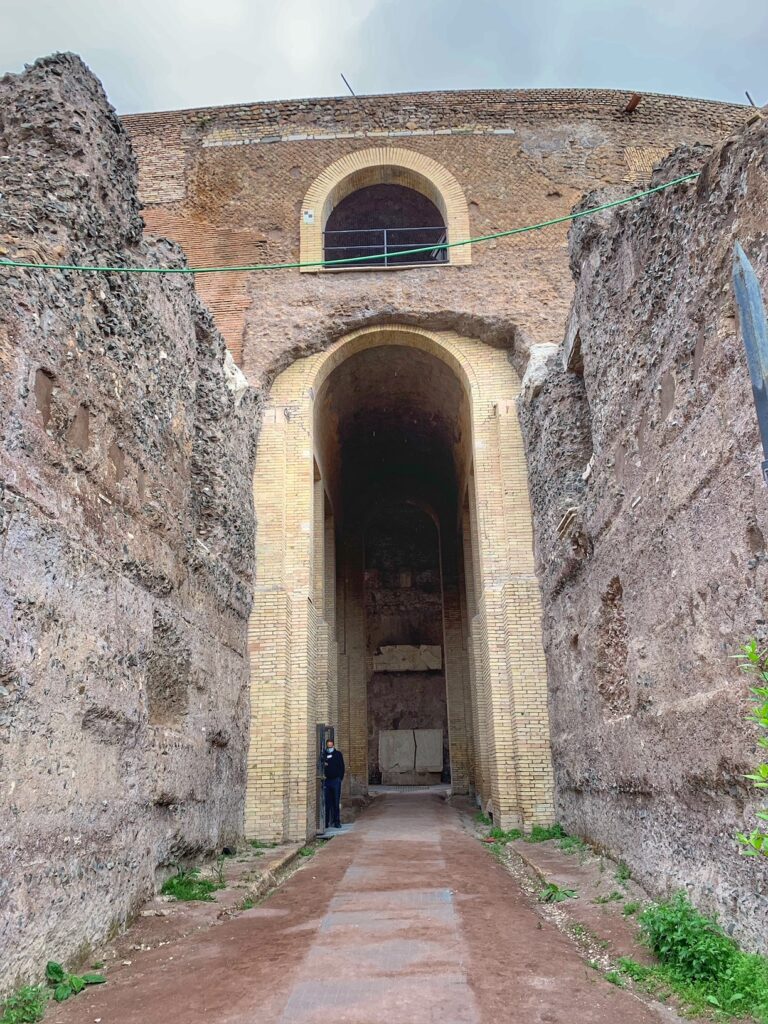
Navigating this city is not easy—nor has it been a piece of cake for any of us to navigate the rules and constraints of COVID. But I’m eager for visitors to return to these storied places and dive into their own experiences. Maybe think about the passage of time, or simply curse about the confusing automotive network that is the opposite of peaceful. Time marches on, and I know I won’t catch everything. Still, I’ll be standing ready this summer to assist any visitors and provide simplified directions whom I know will only be half-listening anyway.